diabetes type 2 foods to avoid: Diabetes, or diabetes mellitus, is a chronic disease related to the production or functioning of insulin in the body. This hormone is responsible for metabolizing glucose to convert it into energy and prevent it from accumulating in the blood. Type 2 diabetes is the most common and the number of people affected is growing, driven by increased bad habits.
Although there is a genetic component, factors such as sedentary lifestyle and poor diet are directly related to the appearance of diabetes in adult life, and it even begins to affect young people and children. Fortunately, it can be prevented by living a healthy lifestyle , and diet plays a crucial role. Here we go over some of the key foods that help prevent diabetes and how to include them in our daily menus.
What exactly is type 2 diabetes mellitus?

Type 2 diabetes is the most common, affecting approximately 90-95% of those affected worldwide. Unlike type 1, the body of a person with type 2 diabetes does generate insulin, but it has a resistance that prevents the body from metabolizing it properly. In this way, glucose does not pass into the cells, it is not transformed into energy and it accumulates in the bloodstream.
This causes a build-up of glucose, known as high blood sugar, which causes hyperglycemia. Hyperglycemia can cause serious short-term and long-term health problems , such as eye disease that can lead to blindness, kidney damage, cardiovascular disease, or brain events.
Traditionally it was a disease that affected adults, over 30-40 years of age, but in recent times the cases of diabetic people younger and younger , even adolescents or children, are increasing .
A very serious problem that makes it difficult to combat this disease is the lack of awareness of the population, which is assuming very unhealthy lifestyles and lives oblivious to the seriousness of this disease. Many patients live with diabetes without knowing it for years. According to the 2012 [email protected] study, 13.8% of those over 18 years of age had type 2 diabetes, and more than 40% did not know they had the disease.
The gradual aging of the population is increasing the cases of diabetes but also changes in lifestyles. Genetics aside, sedentary lifestyle and lack of exercise, obesity, hypertension, smoking and a diet rich in saturated fats and sugars, and poor in fiber and vegetables, are the major risk factors for the onset of diabetes.
Don’t miss:diabetes type 2 vs type 1
The risks of sugar abuse: not essential

There are still those who believe that “we need sugar”, but the reality is that it is not essential. The body needs the energy to function, and the main source is glucose, but we can obtain it from other sources much healthier than added or free sugars.
The World Health Organization sets the recommended maximum limit for added sugar at 25 g per day; It is advisable to keep the figure well below, as they are not necessary sugars. The abuse of free sugars is associated with many diseases, especially overweight and obesity, the main risk factors for developing diabetes.
Remember that sugar is not only present in sweets and desserts; We can also consume it without realizing it through soft drinks, cocktails, juices, smoothies, pre-cooked dishes and other ultra-processed dishes, sauces, cold cuts, breakfast cereals, etc. That is why it is always advisable to read the labels very well and watch the ingredients, identifying all the names that added sugar can take.
diabetes type 2 foods to avoid
There are no magic foods that even with superpowers that, by themselves, have the power to prevent diabetes. In effect, the key is once again maintaining a healthy lifestyle by eating a varied, balanced diet, prioritizing vegetables, quality lean proteins and healthy fats.
In the specific case of diabetes, it is essential to maintain an adequate weight, have good cardiovascular health and avoid hypertension. Likewise, a diet rich in fiber and low in saturated fat helps to improve insulin resistance, while reducing inflammatory processes.
And you must always remember that the diet should be supplemented with an adequate level of physical exercise and avoid other bad habits such as smoking or alcohol consumption.
1/10
1. Male banana
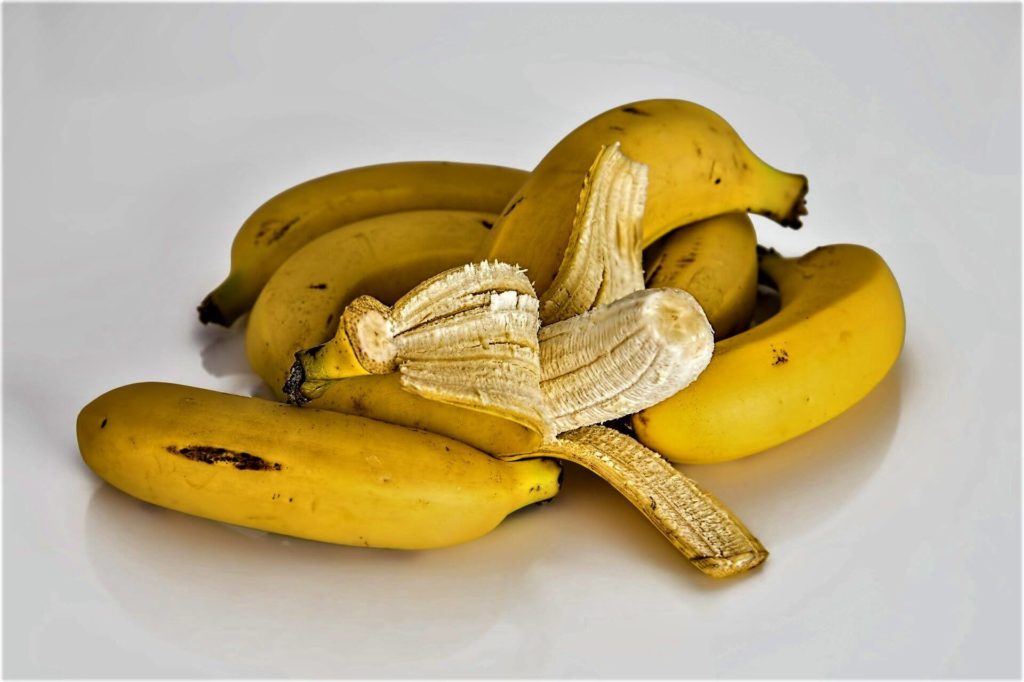
Cooked and chilled for 24 hours, it contains resistant starch , a great food for the intestinal flora that also improves the insulin resistance of the tissues. We will also get said starch with the cooked and cooled potato.
We can take it a couple of times a week.
2/10
2. Blueberries
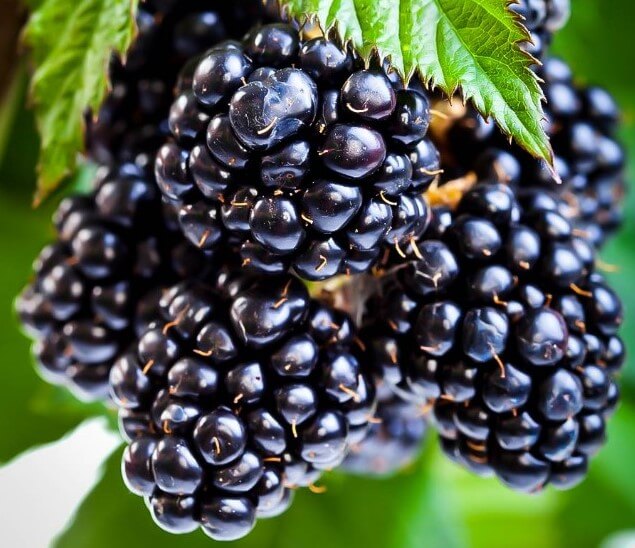
Apart from being rich in antioxidant substances , they promote the secretion of serotonin, the well-being hormone .They are also rich in chromium, which helps regulate blood sugar levels .Have a handful of blueberries day in and day out.
3/10
3. The mix of seeds and nuts
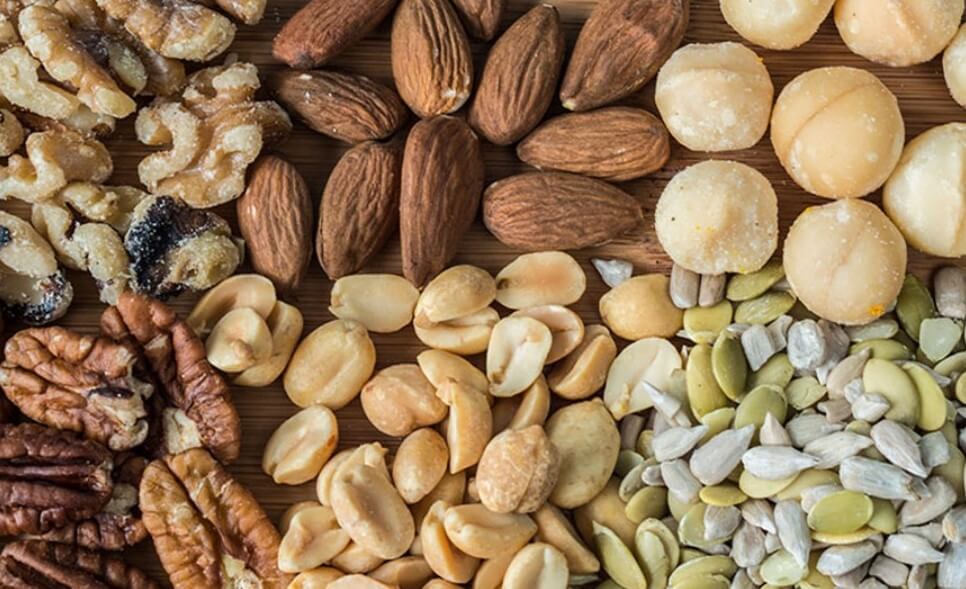
They stand out for the quantity and quality of their healthy fats with an anti-inflammatory and nourishing effect on the body. In addition, fats slow the absorption of sugars in the intestine.Take a handful a day.
4/10
4. cinnamon

it is the most important spice for preventing diabetes and regulating blood sugar levels. It also allows you to absorb sugar from food more slowly at the intestinal level. It should be taken daily, both in sweet and savory recipes.
5/10
5. Buckwheat
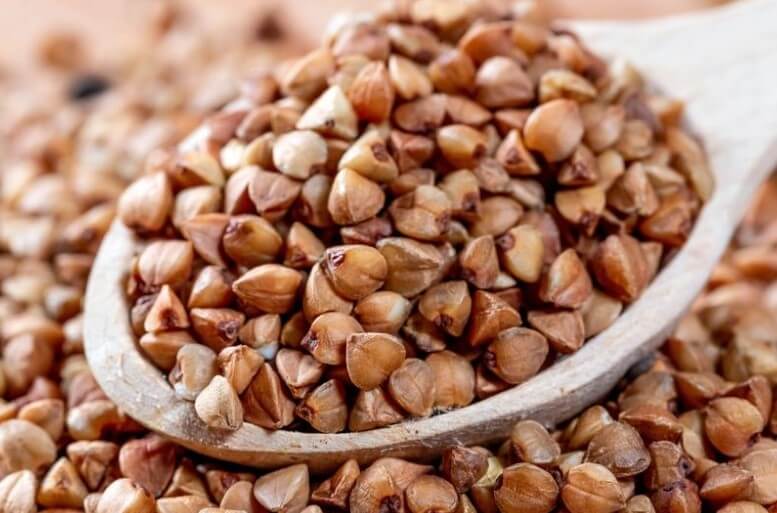
High in fiber and amino acids, it is a pseudocereal that warms the body and whose carbohydrates are slowly absorbed in the intestine. Being gluten-free, it does not irritate the intestinal walls.You can take it a couple of times a week.
6/10
6. Black olives
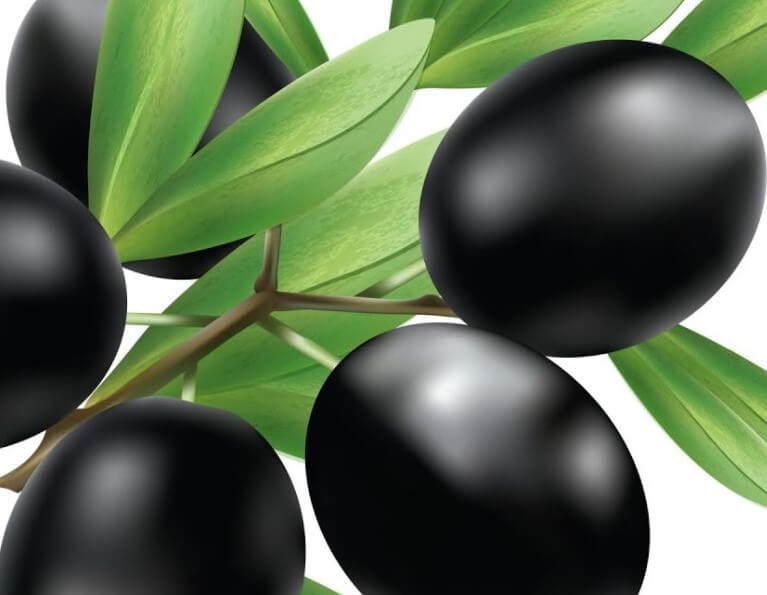
Rich in healthy omega-9 fats and vitamin E with antioxidant action. Omega-9s act as anti-inflammatories. It is important to choose organic olives to save ourselves the flavor enhancers.To take advantage of its properties against diabetes, you can take about 8 a day.
7/10
7. Spinach

They are rich in chlorophyll, fiber and chromium. Together, they also help regulate blood sugar levels .Take them 2 times a week, raw or cooked.
8/108. Beetroot
The roots and tubers are generally rich in carbohydrates carbon cell . They act in a very different way than carbohydrates from pasta or refined flours, which should be avoided.Take advantage of its benefits by taking it 2-3 times a week.
9/10
9. Sauerkraut

One of the easiest fermented products to make at home, it is ideal for keeping our immune system and intestinal flora in perfect condition .Take one tablespoon a day.
10/10
10. Shitakes

They are a more than appreciable source of chromium and rich in fiber . They also tone the body’s immune and defensive system.Take them 4-6 times a week.
Whole grains and other whole grains
Whole, whole-grain cereals and pseudo-cereals are high in fiber and contain more nutrients than the refined versions. In addition, they are more satisfying and have a low glycemic index , assimilating more slowly.

A gesture as simple as always choosing the wholegrain versions of the cereals and derivatives that we consume is already reducing considerably the risk of diabetes and other diseases. You just have to read the labels carefully to verify that the products are “real” wholegrain , made with the whole grain, and not mixing refined flour with bran.
We can find the integral versions of rice, pasta, bread and couscous, in addition to all the flours of any cereal. Another option is to go for whole grains of other cereals, for example, spelled, barley, wheat or buckwheat grain.
With whole wheat flour, we can prepare homemade bread, pancakes, crêpes or cookies without sugar. Quinoa and rolled oats are great for making porridge, pudding, healthy Swiss muesli, fruit smoothie bowls, or porridge. With natural fruit, nuts and spices, they can even be turned into a dessert or snack without added sugar.
We can consume grain cereals like ordinary rice, adding them to soups and stews, enriching vegetable creams or legume stews – which will also give us complete vegetable proteins, or sautéing them as a garnish. They are also great for stuffing vegetables or preparing warm and cold salads with greens and vegetables.
Vegetables

Legumes cannot be absent from a healthy diet and we should increase the frequency of consumption to reduce our dependence on meat. Nutritious, satisfying, sustainable, economical and versatile, they are also a source of complex carbohydrates, very rich in fiber and vegetable proteins.
In fact, recent studies suggest that increasing your weekly or even daily consumption frequency is related to reducing the risk of diabetes. The higher the intake of legumes, the more health benefits.
Cooked without sausages -no need to- they are very low in fat and allow a multitude of preparations. Now we can also find pasta made with legume flour, or the flour itself to prepare more nutritious crêpes, crackers or breads at home.
From the classic pottage or widower stew with vegetables to low-fat seafood casseroles, legumes also have a place outside the spoon dishes. In salads, sauteed, turned into crunchy snacks or in the form of hamburgers or vegetarian meatballs, you don’t have to get bored eating legumes.
Vegetables and greens

Vegetables are the essential base of any type of healthy diet, occupying a leading role on the plate of all the main meals of the day. Especially those that are low in starch, stand out for their low content of carbohydrates, very few sugars and fats, and their great contribution of vitamins, minerals, fiber and water.
They are also very satiating and help control blood sugar level. Some of them are also very useful to calm the craving or appetite for sweets, either because of their natural flavor or because of the possibility of incorporating them into doughs such as pancakes. Carrot, sweet potato, pumpkin, beet, or zucchini are good examples.
The possibilities for adding vegetables to your daily diet are almost endless. The best thing is to bet on seasonal products, prepare attractive and varied recipes and respect the cooking times to maintain the flavors and properties. Many vegetables can be consumed raw, and, in any case, it is recommended to cook them al dente, in a pressure cooker or steamed, or roast them in the oven or in papillote, better without peeling.
And remember that, as much as a carrot cake contains carrots, it will not be very healthy if it is loaded with refined flours, sugar and fat. The same can be said of bad fried foods , battered ones or overusing sauces and fatty complements, such as béchamel, mayonnaise or cheese.
Natural fruits
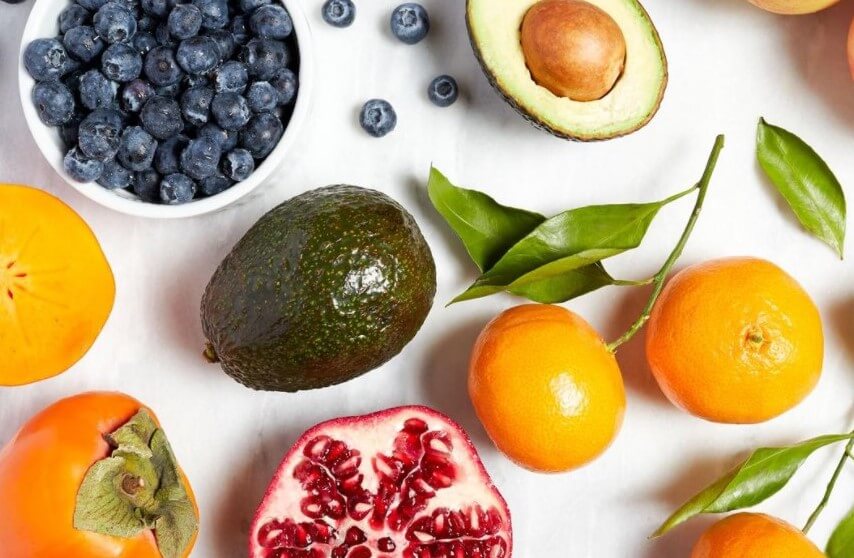
Fresh fruit is also one of the pillars of a healthy diet, and no juice or processed alternative is comparable. Fruit is the best dessert and our great ally to reduce the consumption of sugar in the diet, because with the variety available to choose from, it is easy to find a healthy alternative to sweets and very appetizing desserts.
It is true that the fruit has natural sugars, but they are not part of the free sugars whose intake it is recommended to reduce to a minimum. Regular and rational consumption of fruit, within a balanced diet, is very healthy and is even associated with a lower risk of diabetes. In general, they have a low glycemic index due to the fructose and fiber content.
Rich in vitamins and minerals, carbohydrates, fiber and water, some fruits like avocado also add healthy fats and other essential nutrients. Not all fruits contain the same amount or type of sugars, so it is better to choose a good variety and alternate from day to day, also following the calendar of the seasons.
The best way to consume fruits in the diet is natural, at its point of maturity -the more mature, the more sugar-, washed but with the skin, if possible, and whole. Chewing the whole fruit also provides benefits, and helps to calm anxiety, preventing us from eating too quickly or too much.
Natural fruits can occasionally be complemented with simple preparations, such as baked apples, a compote without sugar or a smoothie or smoothie bowl that includes the skin, if applicable. We can prepare colorful fruit salads by also adding nuts, or take it with yogurt and cereals, prepare ice cream and natural popsicles or incorporate it into savory dishes, such as salads or stir-fries.
Nuts and seeds

Consumed in reasonable small amounts, nuts and seeds are great sources of very high-quality nutrients . Satisfying, energetic, rich in healthy fats, fiber, vegetable proteins, vitamins and minerals, they are very practical to consume between meals or to enrich all kinds of dishes and thus reduce their glycemic index.
Being easy to carry and take anywhere, they are a good resource for snacking between meals -in moderate quantities-, calming anxiety and preventing us from assaulting the chocolate machine. They keep us satiated and avoid the typical sugar spikes that do cause less healthy snacks.
Natural nuts are healthier, although we can also lightly toast them. We must avoid processed formats, those with added salt, fried or products that incorporate sugars, honey or flavorings. With nuts and seeds like chia, we can prepare energetic breakfasts and snacks, such as a pudding.
Lean protein
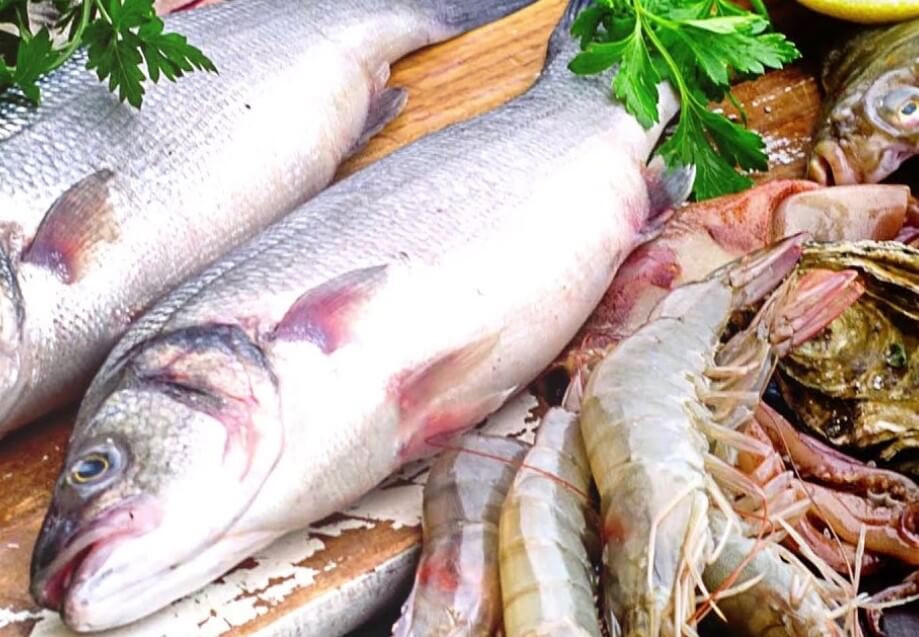
Any balanced diet needs an adequate supply of protein. To prevent diabetes and being overweight, it is preferable to choose high-quality, lean sources of protein. The right combination of legumes, whole grains, vegetables and nuts already provide us with all the complete amino acids, so we are going to review, finally, the proteins of animal origin.
Whether our goal is to lose weight, increase muscle mass or maintain a healthy weight, it is advisable to prioritize low-fat proteins, especially avoiding saturated fats. Eggs, white fish, fresh natural dairy, and chicken, turkey, and rabbit are good options.

It is convenient to avoid processed ones or to read the labels very well to avoid added sugars or other undesirable ingredients. For example, in the case of fresh yogurts and cheeses, we will always look for those that are made only with milk, dairy ferments and/or rennet. The fish can be frozen, but naturally, no hake sticks, fritters or the like. Surimi and other ultra-processed foods are not recommended either.
The labeling of delicatessen and butcher products must also be monitored . In general, deli ham or chicken breast is never 100% meat; they usually contain undesirable starches and sugars. It is better to buy natural breasts from a trusted source, or by asking the butcher to mince the meat at the moment if we need that format.
Healthy fats
Fat is also necessary for the body in adequate quantities, but more important is knowing how to choose the quality of them. Do not neglect your intake either when it comes to preventing diabetes -not even to lose weight-, avoiding trans fats, associated with cardiovascular problems.
It is recommended to prioritize the so-called “healthy fats”: monounsaturated, polyunsaturated and omega 3. Nuts and seeds, oily fish, avocado, and extra virgin olive oil are the best sources. Although it is also advisable to monitor and reduce saturated fats, these are also necessary for the body, provided that nutritional quality sources are chosen, such as egg yolk or whole dairy products.
diabetes type 2 foods to avoid

